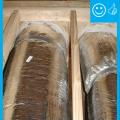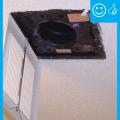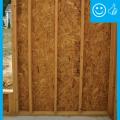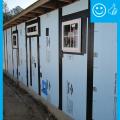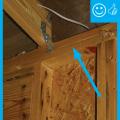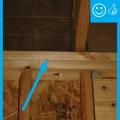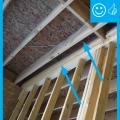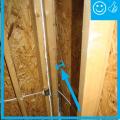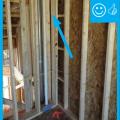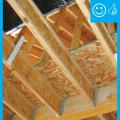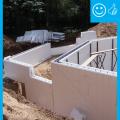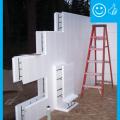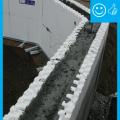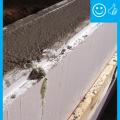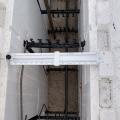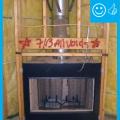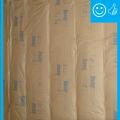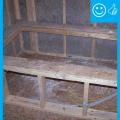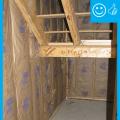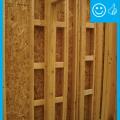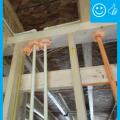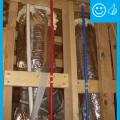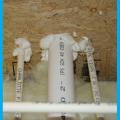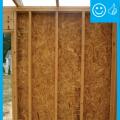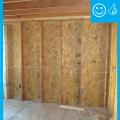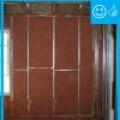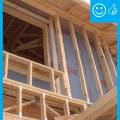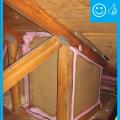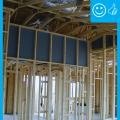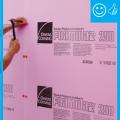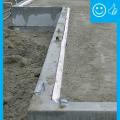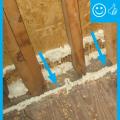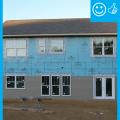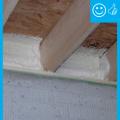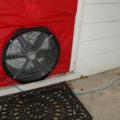Showing results 201 - 250 of 467
Right – Cantilever has been properly insulated, air sealed, and cavity has been blocked.
Right – Chase capped with rigid air barrier and duct work penetrations properly sealed
Right – Fan with a cleanly cut and properly sized hole has been air sealed to drywall
Right – Full length 2x6 nailer has been installed to allow space for insulation at wall intersection
Right – Graphite enhanced EPS fills these SIP panels, providing additional insulation value.
Right – ICFs are being installed to create a continuous air and thermal boundary
Right – ICFs are being installed to create a continuous air and thermal boundary
Right – ICFs are being installed to create a continuous air and thermal boundary
Right – ICFs are being installed to create a continuous air and thermal boundary
Right – Insulated concrete form (ICF) blocks are stacked like bricks, then rebar is set horizontally and vertically in the plastic spacers, then concrete is poured; the rigid foam and spacers stay in place to add support and thermal resistance to the wall
Right – Insulation installed to correct depth and will be aligned with air barrier
Right – Rigid air barrier installed between double-wall assembly. Inside cavity will be insulated
Right – Spray foam was installed at the sheathing intersection as well as the sill plate to sub-floor connection.
Right – Structural insulated sheathing can provide racking strength (lateral load resistance), and serve as an air barrier and thermal barrier if installed according to manufacturer’s specifications with taped, sealed seams
Right – The blower door is installed snugly and securely to the door frame during testing
Right – The blower door pressure reference hose is placed well away from the outdoor side of the fan

